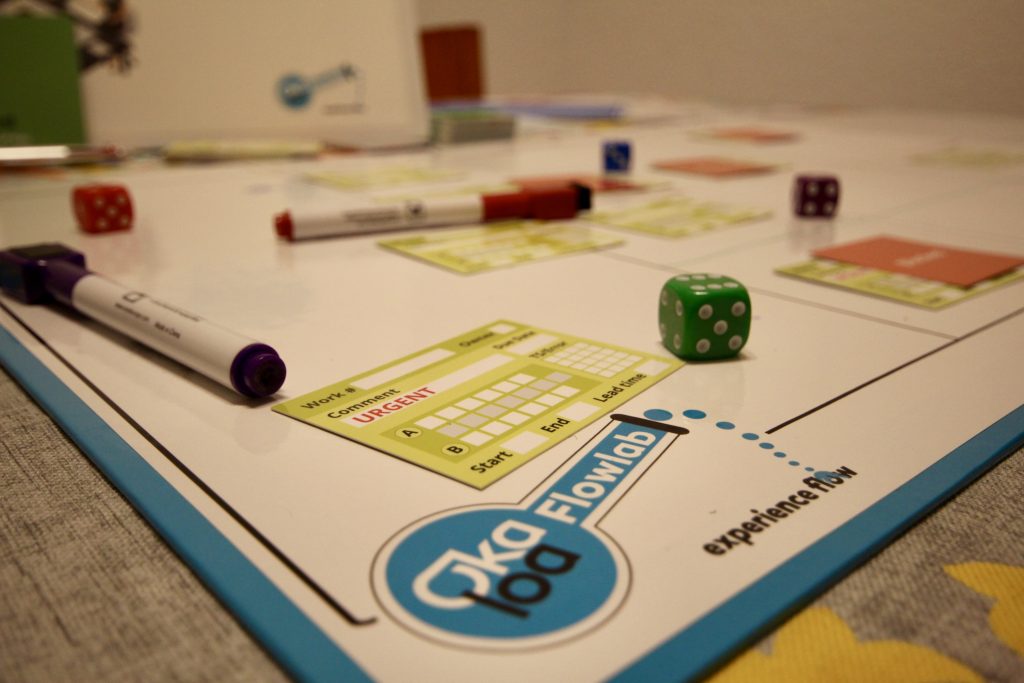Crack the “WIP” for better flow!
 So let’s talk about a sensitive subject… What’s the point of WIP (work in progress) limits?
So let’s talk about a sensitive subject… What’s the point of WIP (work in progress) limits?
More precisely why do we have WIP limits on our Kanban boards? Surely we should be able to work on the tickets that are most important and be “flexible” enough to switch our focus should we need to.
The simple answer to this question is that it’s all about the “flow”. Effective flow improves speed to market and continuous delivery of value.
See it for yourself
I believe there is no better way to learn something than to experience it firsthand. Many years ago my father who was a window salesman, had an amazing prop to demonstrate the strength and value of toughened glass to customers. During the sales pitch, he would drop a large steel ball from a height onto suspended panes of toughened and standard glass, I vividly remember this demonstration and how easy it was for me understand and appreciate the value of toughened glass with my own eyes.
Unfortunately, not all concepts are as quick and easy to demonstrate. For example, processes that have longer cycle times such as software development can be trickier as the impacts of changes are not seen immediately. However, with a good simulation of the process, we can observe the impacts in a fraction of the normal cycle time.
Simulation workshop
A few weeks back I was fortunate enough to attend this year’s Lean Kanban Spain conference and take part in a workshop for Okoloa Flowlab simulation. This was a fantastic workshop that uses a flow simulation in the form of a board game to show the value of WIP limits and collaboration.
The game leads the players through a simulation that first demonstrates common flow scenarios without WIP limits in a “traditional” working environment and then allows the users to adjust the rules to introduce the concepts of WIP limits and collaboration.
Between the two simulations, the players are invited to identify issues and potential solutions to implement in the subsequent simulation and estimate the impact on customer lead times and flow that their proposed new practices could provide.The session identifies the “math” based on Little’s law to the help the players formulate these estimates.
I don’t want to spoil the game too much but needless to say, you will be blinded by the number of “light bulb” moments people have in the room. The contrast between the simulations beautifully illustrates the power of WIP limits combined with collaboration.
Putting it all into practice
So to bring everything up to date, my team has since completed the simulation and what has struck me most is how well the shared understanding of collaboration and WIP has taken root. It’s early days but we already see new choices and behavior positively impacting our velocity. “Stop starting, start finishing!” is very much the new team mantra.